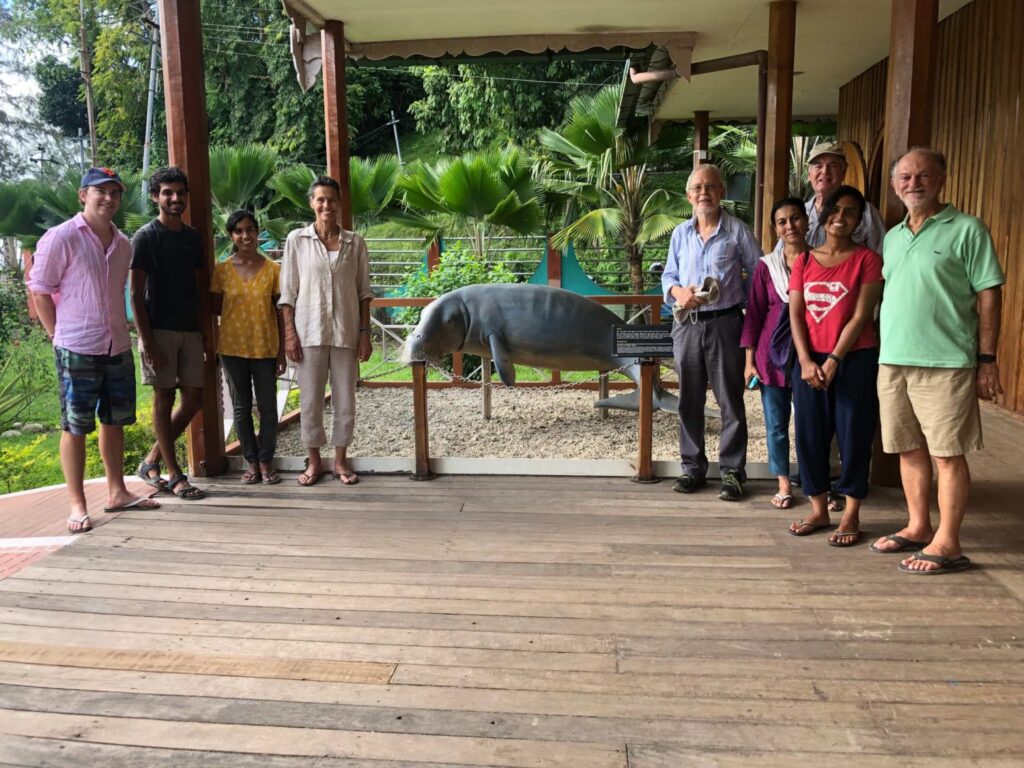
Introduction:
The Andaman Islands, nestled in the Bay of Bengal, are renowned for their pristine beauty and unique biodiversity. However, this natural haven faces numerous challenges, particularly concerning the conservation of its wild vulnerable species. With their delicate ecosystems and limited habitats, these species are especially susceptible to human-induced threats. In this article, we delve into the diverse array of vulnerable species inhabiting the Andaman Islands, the threats they face, and the urgent need for concerted conservation efforts to safeguard their future.
Biodiversity Hotspot:
The Andaman Islands boast a remarkable biodiversity, with dense forests, mangroves, and coral reefs teeming with life. The islands are home to a plethora of endemic and indigenous species, many of which are classified as vulnerable by conservation organizations. These species include the Andaman shrew, Andaman horseshoe bat, Andaman day gecko, and the iconic Andaman woodpecker.
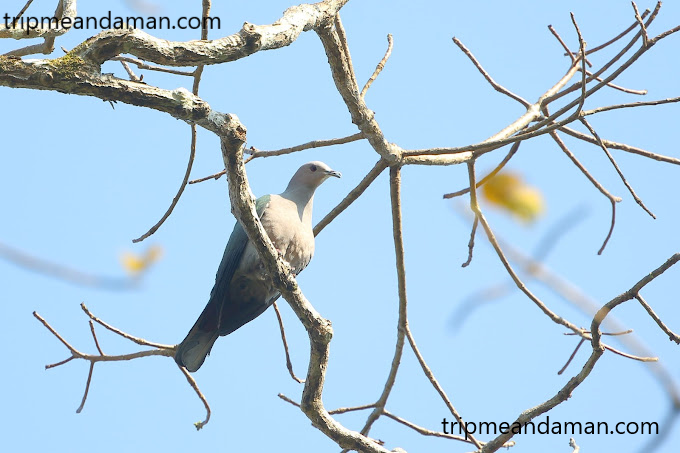
Threats to Vulnerable Species:
Despite their ecological importance, the vulnerable species of the Andaman Islands face a myriad of threats, primarily driven by human activities. Habitat loss and degradation due to deforestation, infrastructure development, and illegal logging pose significant challenges to the survival of these species like Duck, Pig, Goat. Moreover, invasive species introduced to the islands disrupt native ecosystems, outcompeting indigenous fauna for resources and habitat.

Poaching and Illegal Wildlife Trade:
Due to the rich marine mammal diversity and ecological significance of the Southern Andaman Islands, it has recently been designated as an Important Marine Mammal Area (IMMA). However, the vulnerability of these islands to both natural and human-induced pressures poses a threat to these marine species. In light of these challenges, renowned experts such as Mr. Erich Hoyt, Dr. Giuseppe Notarbartolo di Sciara, Dr. Tundi Agardy, and Mr. Jon Day convened a consultation program on the islands. The aim was to engage with local administrators and stakeholders to address these concerns. Additionally, representatives from the Wildlife Institute of India (WII) participated in discussions regarding their role in the meeting held on November 16, 2018. The researchers were briefed on the criteria for selecting IMMA sites, the significance of the Andaman and Nicobar Islands as an IMMA, and the importance of filling research gaps in marine mammal studies.
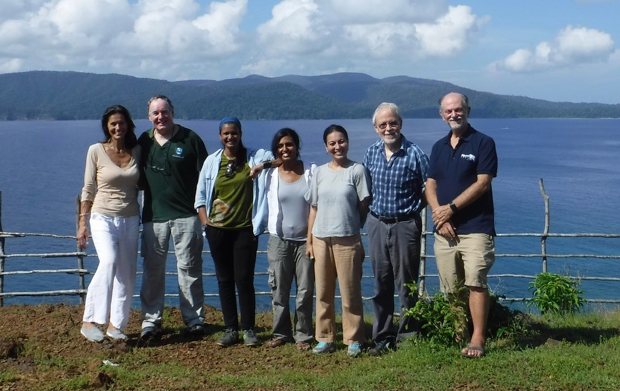
Poaching and illegal wildlife trade represent grave threats to vulnerable species in the Andamans. Species such as the Andaman pig, Andaman wild pig, and the Andaman horseshoe bat are targeted for their meat, skins, and body parts, which are coveted in traditional medicine and black markets. The exploitation of these species not only jeopardizes their populations but also undermines the integrity of the island’s ecosystems.
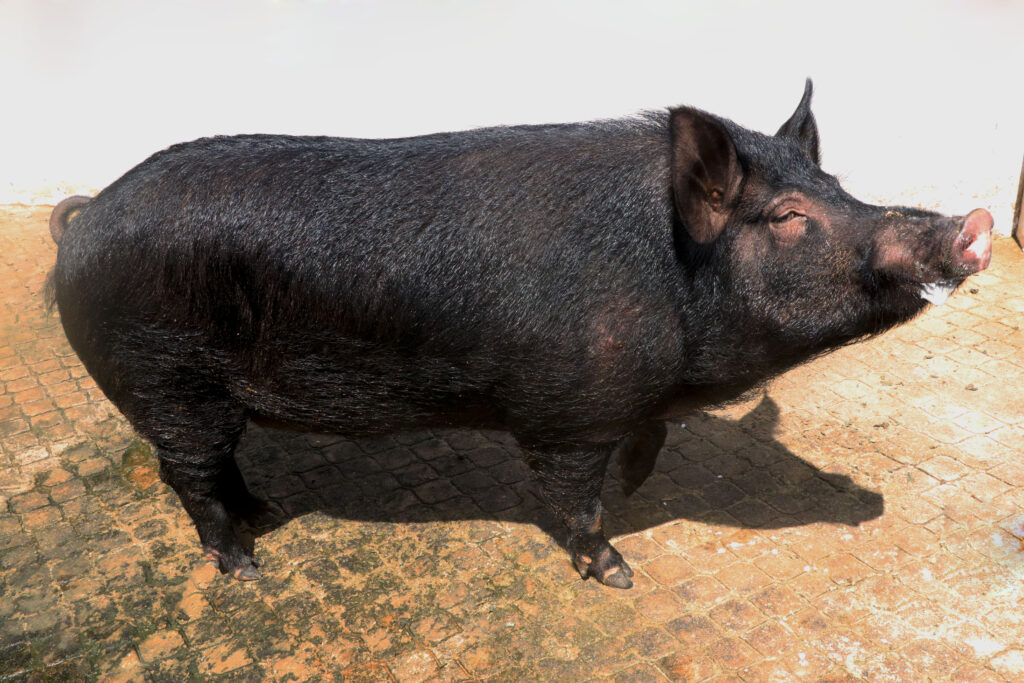
Climate Change Impacts:
Climate change poses an additional challenge to the conservation of vulnerable species in the Andaman Islands. Rising sea levels, ocean acidification, and extreme weather events threaten coral reefs, mangroves, and terrestrial habitats, placing further stress on already vulnerable species. The loss of habitat and disruption of natural cycles exacerbate the vulnerability of endemic flora and fauna, pushing many species closer to extinction.
Conservation Initiatives:
Despite the formidable challenges, several conservation initiatives are underway to protect the vulnerable species of the Andaman Islands. Government agencies, non-profit organizations, and local communities are collaborating to establish protected areas, enforce wildlife laws, and promote sustainable practices. The Andaman Administration take efforts and encourage islander to use the local Livestock and set up farm for their own use as well for commercial. These efforts include habitat restoration projects, wildlife monitoring programs, and community-based conservation initiatives aimed at fostering coexistence between humans and wildlife.
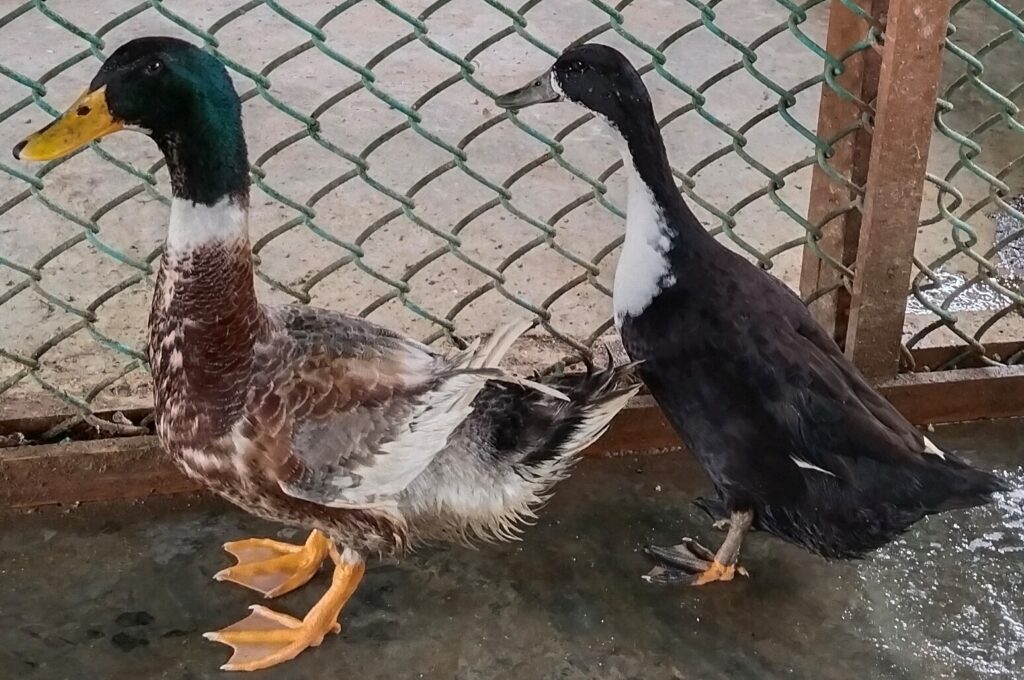
Community Engagement:
Engaging local communities the officer and research of Environment and Forest Department reaching to Local communities like fisherman and Farmer of Little Andaman to conserve the Dugong See Cow and requesting the local public in conservation efforts is paramount to the success of wildlife conservation in the Andaman Islands.

Indigenous tribes such as the Jarawa and the Onge have lived in harmony with nature for centuries, possessing invaluable traditional knowledge of the island’s ecosystems. By involving these communities in conservation decision-making processes and providing alternative livelihoods, we can ensure the long-term sustainability of conservation efforts while respecting indigenous rights and cultural heritage. They are medium-sized ducks with features such as a comparatively longer neck, a yellowish bill with a black tip, black skin.
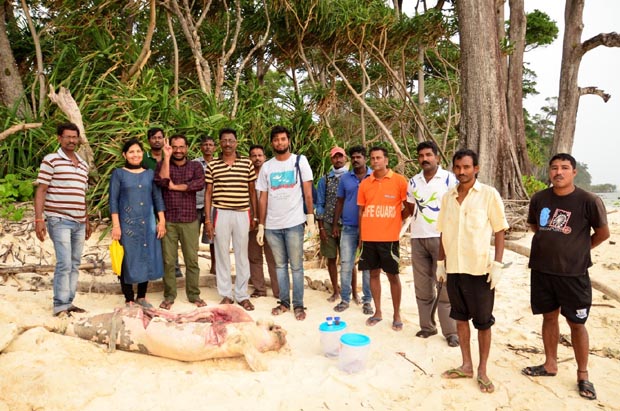
Sustainable Tourism: Sustainable tourism has the potential to contribute positively to the conservation of vulnerable species in the Andaman Islands. Responsible tourism practices, such as eco-friendly accommodations, low-impact recreational activities, and wildlife viewing guidelines, can help minimize the negative impacts of tourism on sensitive ecosystems and wildlife habitats. Additionally, revenue generated from ecotourism can support conservation initiatives and local communities, creating incentives for the protection of biodiversity.
Since aerial surveys serve as a valuable method for monitoring marine environments, our team provided training to frontline forest staff on drone operations. We conducted several trial aerial surveys in locations such as Chidiyatapu, Wandoor (MGMNP), Swaraj dweep, Rani Jhansi Marine National Park, Shaheed dweep, and Lohabarrack wildlife sanctuary. Throughout these surveys, we observed various marine species including turtles, stingrays, eagle rays, needlefish, and zebra sharks.
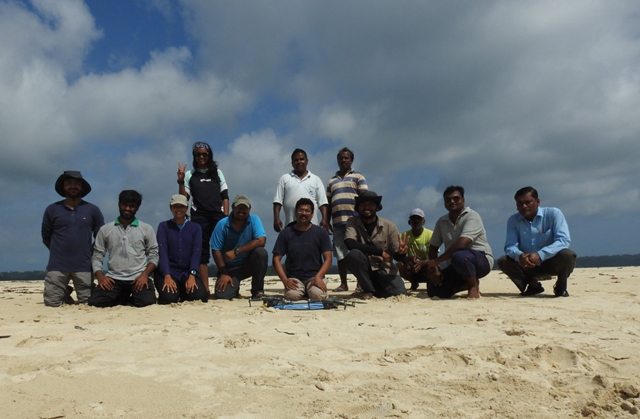
Research and Monitoring: Continued research and monitoring are essential for understanding the ecology and behavior of vulnerable species in the Andaman Islands. Long-term studies on population dynamics, habitat requirements, and species interactions provide valuable insights into the conservation needs of these species. Collaborative research efforts involving scientists, conservationists, and local stakeholders can inform evidence-based conservation strategies and adaptive management approaches to mitigate threats and conserve biodiversity.

International Cooperation: Given the transboundary nature of conservation issues, international cooperation is vital for protecting vulnerable species in the Andaman Islands. Collaboration with neighboring countries, regional organizations, and global conservation initiatives can facilitate information sharing, capacity building, and coordinated action to address common challenges. By working together on conservation initiatives, we can leverage collective expertise and resources to achieve meaningful conservation outcomes.
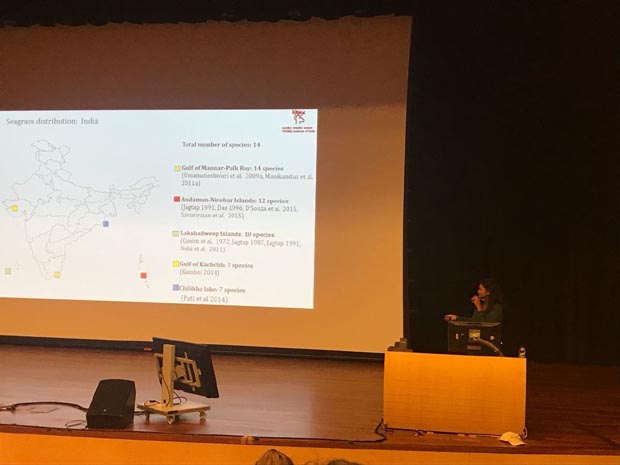
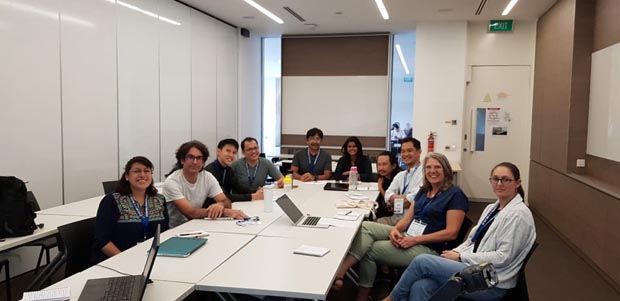
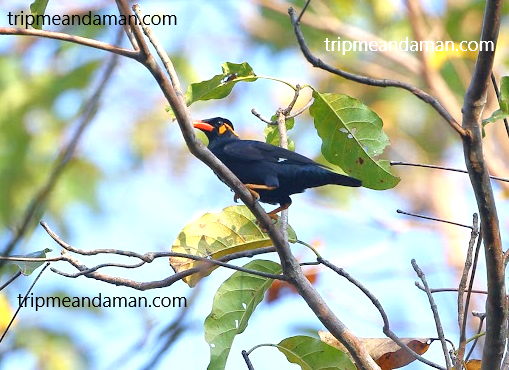
Conclusion: The conservation of vulnerable species in the Andaman Islands is a multifaceted challenge that requires collective action and commitment from governments, conservation organizations, local communities, and tourists alike. By addressing the root causes of threats such as habitat loss, poaching, and climate change, we can safeguard the unique biodiversity of the Andaman Islands for future generations. Through sustainable practices, community engagement, and international cooperation, we can ensure that these wild vulnerable species continue to thrive in their natural habitats, enriching the ecological integrity and cultural heritage of the Andaman Islands.






